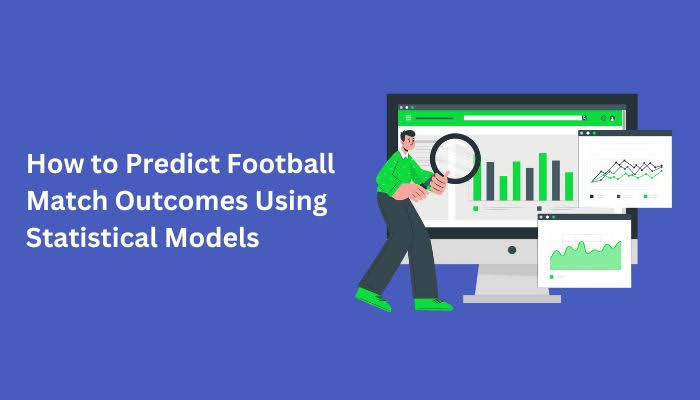When it comes to betting on football, success relies heavily on the accuracy of predictions. Knowing how to evaluate the accuracy of these predictions is crucial. But how do you measure how effective your football predictions are? Here are five key metrics to help you evaluate football prediction accuracy.
1. Win Rate (Success Rate)
The most straightforward metric for evaluating prediction accuracy is the win rate. This simply refers to the percentage of predictions that are correct. If you predict 100 matches and 60 of them are accurate, your win rate is 60%.
While it’s a basic metric, the win rate alone doesn’t always tell the full story. Some predictions may involve betting on heavily favored teams, where the likelihood of success is already high. To get a true picture of your accuracy, it’s important to consider the complexity of the predictions as well.
Formula:
(Number of Successful Predictions / Total Predictions) x 100
2. Return on Investment (ROI)
ROI goes a step further than the win rate by evaluating how much profit you’re making from your predictions. After all, you could have a high win rate but still not be making money if your successful predictions are on low-odds events.
ROI looks at how much profit you’ve made relative to the amount you’ve staked. It’s a vital metric for anyone serious about betting since it reflects not just the accuracy of predictions but also their profitability.
Formula:
(Profit / Total Stake) x 100
3. Yield
Yield is similar to ROI but is calculated over a specific period or number of bets. It gives you a sense of how much return you’re getting per bet and is especially useful if you’re betting consistently over time. If your yield is positive, it means your betting strategy is working. A negative yield means you’re losing money in the long run, regardless of short-term wins.
This metric is crucial because it tells you whether your prediction model or strategy is profitable over a sustained period. Even a low win rate can yield profits if the odds are high enough.
Formula:
(Total Profit / Total Amount Bet) x 100
4. Average Odds
Average odds are another important factor to consider when evaluating prediction accuracy. They tell you the level of risk associated with each bet. A prediction model that consistently predicts high-odds events but only wins 40% of the time might still be more profitable than one that frequently predicts low-odds events with an 80% success rate.
By looking at average odds, you can determine whether you’re focusing on safe bets with low returns or riskier bets with higher potential payouts. Understanding the odds helps you balance risk and reward, fine-tuning your betting strategy for better long-term results.
Formula:
Sum of All Odds / Number of Bets
5. Expected Value (EV)
Expected Value (EV) measures the potential profitability of your predictions by assessing how much you can expect to win (or lose) over time based on your odds and win probability. Essentially, it calculates the “value” of a bet by comparing the odds and the likelihood of the prediction being accurate.
If your expected value is positive, it indicates that, over time, you’re likely to make a profit from similar bets. A negative expected value suggests that you’re consistently making bets that are unlikely to be profitable. EV is a more complex metric, but it’s one of the most effective ways to assess the true accuracy and profitability of your predictions.
Formula:
(Probability of Winning x Odds) – (Probability of Losing x Amount Bet)
Evaluating football prediction accuracy requires more than just looking at how many bets you’ve won. To truly understand the effectiveness of your betting strategy, you need to dive deeper into metrics like win rate, ROI, yield, average odds, and expected value. Each of these metrics offers a unique perspective on how accurate and profitable your predictions are, giving you the insight needed to improve your betting decisions over time.

